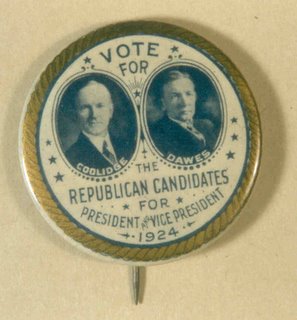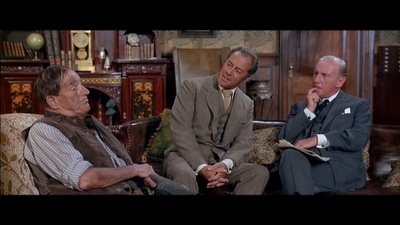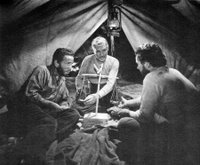feb 21, 1925 Are They Still Famous? part 3 of 4
On Books:
A Boni and Liveright ad caught my eye. The ad mentions the Modern Library and Sarah Gertrude Millin’s God's Stepchildren, among other things. In studies of American literary modernism, there has developed a kind of critical consensus (here summed up by Terry Teachout, NYT) about the significance of Boni and Liveright, but this ad is before all that, and Boni and Liveright seem equally interested in promoting political sensation and tame pleasure reading.
The short book reviews, rather mixed company:
"A Passage to India, by EM Forster. A foaming-up of India's race hate, pictured with searching skill." Yowza.
"Tales of Heresay, by Joseph Conrad. Four, all admirable and easy to read; you needn't be a seasoned Conradian." Always good to hear.
"Will Rogers' Illiterate Digest. Not as funny as seeing and hearing him; top of the humor heap, nevertheless." Now, this thing seems especially paradoxical, like anti-matter.
On film:
This isn’t exactly respectful, but I’m not sure what the dig is, on von Sternberg. "Joseph Sternberg drifted from the East Side, via Broadway, to Hollywood, a well-frayed shoestring pinned carefully in an inner pocket. [Poor, yes. Jewish, yes. But WHAT is the significance of the last image, the shoestring in his pocket?] He returns Josef von Sternberg, the 'von' having blossomed under the beneficence of the California sun." Closes, "Broadway glories in this triumph of supreme egotism, but it can't quite forgive the conqueror his 'von.'" More later on what The New Yorker can’t forgive . . . This little note is followed later by a dismissal, in the film section, of von Sternberg’s The Salvation Hunters.
Erich von Stroheim's Greed, "Frank Norris's McTeague transferred to the screen with a large measure of stark honesty. Unrelenting and sordid, if you wish, but a fine effort to get away from the saccharine." Denby could have written this, my categories overlap and my blog repeats itself.
The New Yorker has mixed feelings about Murnau's The Last Laugh (Der Letzte Mann) written by Carl Mayer and starring Emil Jannings. My mother explained the concept of kitsch to me with examples from Carl Mayer. This did not help me at all. The New Yorker does not mention the director's name, just Jannings and Mayer . . .
And on Griffith replacing de Mille at Famous Players, Griffith "has sacrificed his independence and gone over to the film system as its overlord" Both Griffith and de Mille are still famous, for better or worse, but so are notions of a Hollywood “system” and “independence” and its “sacrifice.”
Assorted Arts:
 Mentions Joseph Stella and "his West Virginia drawings" at a New York gallery, and Stravinsky, who is not for the “radio masses,” in music and art notes. Image here is Stella's Pittsburgh, which is quite near West Virginia and, I think, part of the same period of Stella's work, before 1914. This drawing was part of the Pittsburgh Survey.
Mentions Joseph Stella and "his West Virginia drawings" at a New York gallery, and Stravinsky, who is not for the “radio masses,” in music and art notes. Image here is Stella's Pittsburgh, which is quite near West Virginia and, I think, part of the same period of Stella's work, before 1914. This drawing was part of the Pittsburgh Survey. Finally, who created the woodcut (?) type illustration on page 3? The style looks familiar, maybe from Harlem Renaissance novels? But its not that similiar to the Aaron Douglas illustrations in The New Negro . . . or the Winold Reiss things . . . Actually, it kind of looks like the Modern Library icon . . . So where have I seen them before?
Categories: newyorker, film, books, visual, literary, pittsburgh










